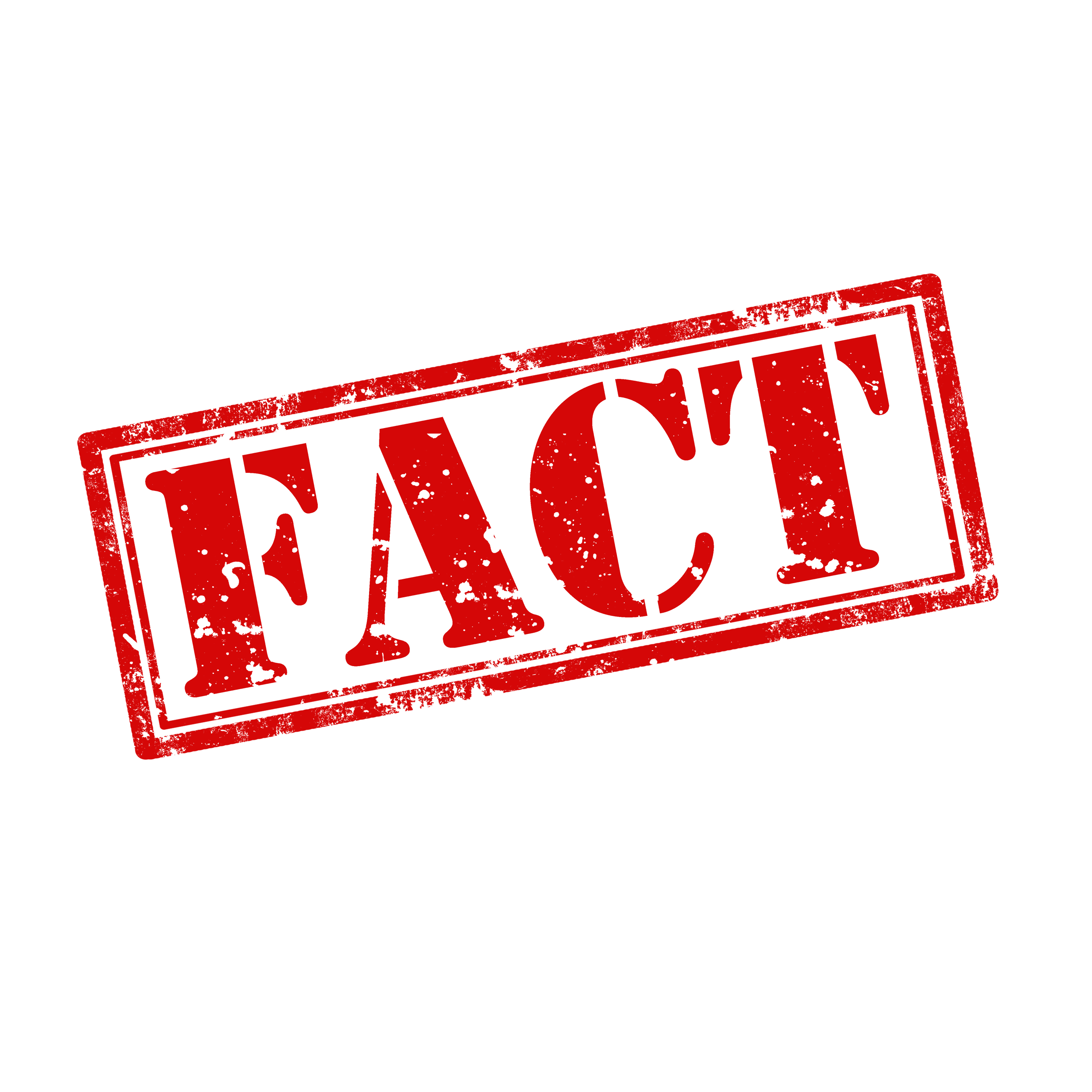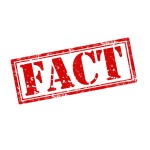
Do you deal in facts? Or do you often unknowingly deal in opinion? Recognising the difference between fact and opinion is important in managing your team, your own life and your relationships with people.
There are several ways of defining fact and opinion. Each is useful in its own right in different contexts.
The simplest differentiation is as follows:
FACT: something that is known to be true and cannot be questioned. Expressing a fact involves stating the truth or saying what is real.
OPINION: a personal view about what someone thinks of something. It is a view based on belief rather than absolute evidence.
These definitions are useful to remind ourselves of what we do and do not really know when we are managing, or are involved in, a conflict.
For example, if someone has told you that they saw an employee doing something wrong, the fact is that someone told you that they saw the employee doing something wrong. It is not an established fact that the employee did something wrong. If three independent people told you the same thing the fact is that the same story has been corroborated by three people.
It is important when managing conflict that we only deal in facts. Dealing in opinion dressed up as facts can easily result in a lack of trust. Dependent on the nature of the opinion we can also be seen as being judgemental. Being perceived to be judgemental in a conflict signals the demise of the perception of us appreciating both sides of an argument.
Another set of definitions delineates fact and opinion based on the source of the information.
EXTERNAL FACT: Quantitative information gathered from external sources such as government economic data, bureau of statistics tables, customs import data, quantitative research.
INTERNAL FACT: Quantitative information gathered from internal organisation reports such as finance reports, sales reports, manufacturing reports and audit data.
EXTERNAL OPINION: Qualitative information gathered from external sources such as qualitative research, conclusions from academic research, the opinions of distributors and customers and conclusions from industry research.
INTERNAL OPINION: Qualitative information gathered from internal sources such as a brainstorming session, conclusions from internal reports and the CEO’s view!
These definitions are useful when conducting an analysis of your organisation, for example, during a market sector review, a cost review or a strategy review.
Generally, the hierarchy of relevance of the information is External Fact >> Internal Fact >> External Opinion >> Internal Opinion. However, be cautious. Relying too much on internal opinion will weaken the analysis. Relying too much on external facts will make the review too mechanistic, not taking into account the reality of the culture and processes of the organisation. It is best to have a mix of source types of data looking for corroboration of information rather than relying on one source type.
Another set of definitions of fact and opinion which is useful to understand is:
FACT: Something which can be verified. This may include corroborated opinions of three or more people of what they saw or heard.
INFERRED FACT: Information determined by deductive reasoning from a set of verified facts. For example, “The cherry crop needs at least a week of freezing temperatures for best results, and this winter the temperature stayed several degrees above freezing, so we do not expect a good cherry crop”.
SPECULATION: Information determined by inductive reasoning from a set of verified facts. For example, “For university students, your first quiz grade usually indicates how you will do in the course”.
OPINION: Something which is an unverified view of one person.
These definitions are useful when completing an investigation. For example, investigating a safety incident requires diligent separation of facts, inferred facts, speculation and opinion when trying to determine the root causes of the incident.
Any study of cause and effect needs to take heed of these defined differences between fact and opinion. Most analysis I have seen of an organisation’s current state have relied heavily on speculation and opinion rather than facts and inferred facts.
The worst example I saw was an analysis of deteriorating profit margins in large contracts for commodity products which concluded that the market was getting more competitive and that a severe cost cutting programme was required. The fact was that all large contracts had been written with a fixed dollar value for world scale freight (sea freight costs) instead of a value which escalated and de-escalated in line with actual movements. During the time that the study reviewed, the value of world scale freight trebled. This fact was not revealed by the study. The solution to the problem of deteriorating margins was to renegotiate contracts, not instigate a slashing of marketing investments and significant rolling job losses taking out its core of experienced and technically competent people.
The organisation involved has never recovered from that very poor analysis where opinion and speculation ruled over facts.






